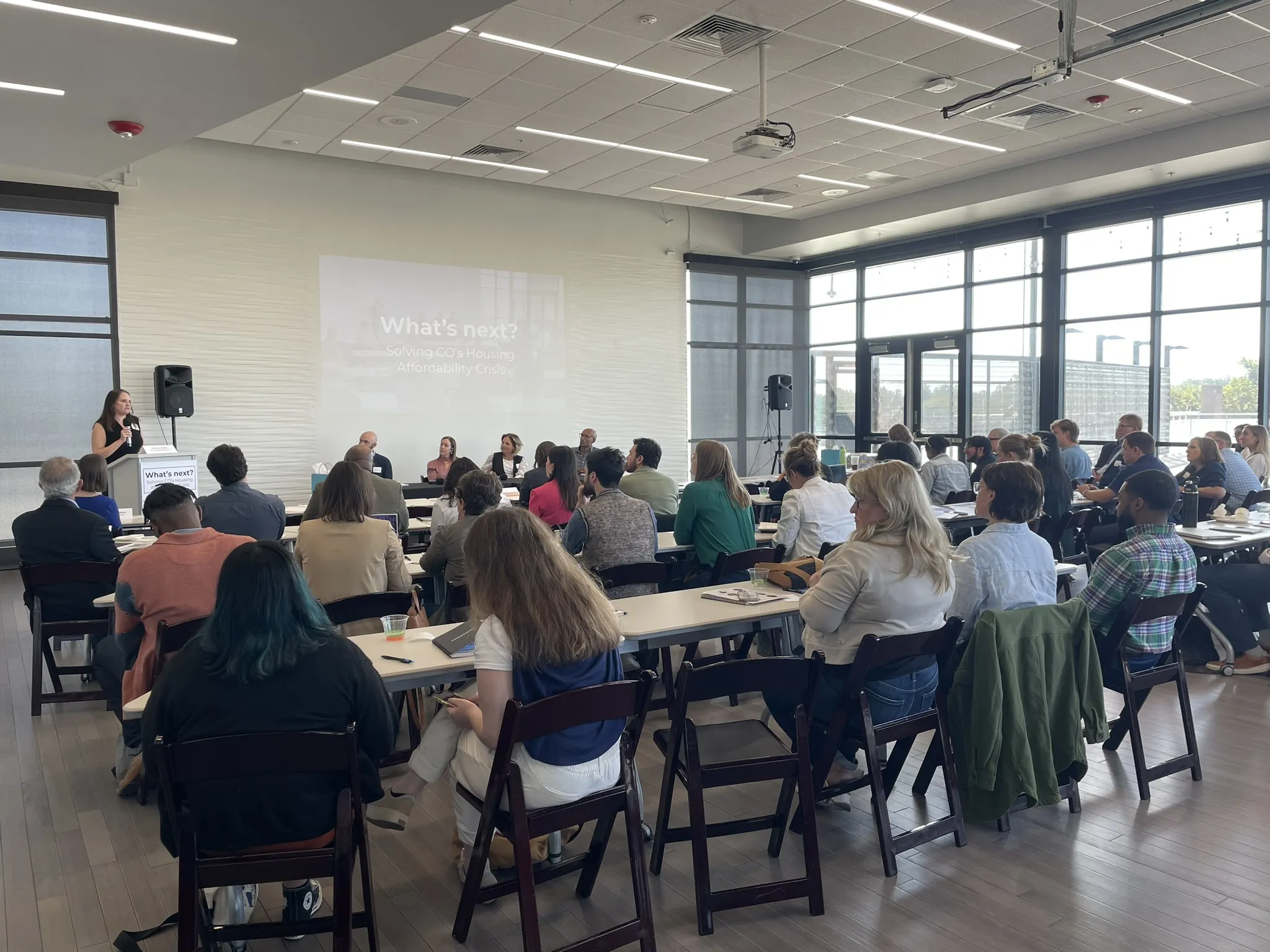Wells: After torrid 2021, housing market settling
Many claimed that homebuyers were dealing with a housing supply shortage in the past two years. But the data tells a different story. In fact, the velocity of real estate activity was the story. After all, it’s hard to say there was a shortage when annual home closings — both nationally and locally — jumped sharply from 2020 to 2021.
According to the National Association of Realtors, the annual home sales rate nationwide increased from 5.64 million in 2020 to 6.12 million in 2021, up 8.5%. Locally, our regional real estate markets saw closed sales grow by an average of nearly 18% between April 2020 and April 2021.
Now, let’s fast forward to 2022. As of April, the national annual sales rate was down to 5.61 million, off 8% from last year. Locally, closings are down 3.4%.
SPONSORED CONTENT
What’s the difference?
There are two parts to that answer. First, the home supply shortage that we perceived in previous years is emerging as a real factor today. Second, rising interest rates are curbing demand for some would-be buyers.
In 2020 and 2021, new construction activity helped to relieve some of the pressure on the market. Buyers could escape the mosh pit-like environment of bidding for resale (existing) properties by purchasing a newly built home. But that alternative is less accessible this year.
Due to supply chain issues and labor shortages, builders are being forced to extend delivery timelines for many months on new homes. At the same time, the fact of rising mortgage rates has caused many would-be buyers to be wary of floating an interest rate for eight months while they wait for construction.
Consequently, builders are faced with an increase in buyer cancellations, leading to greater competitive pressure on the resale market. Nervous buyers are eager to lock in on a mortgage rate as quickly as possible to ensure an acceptable monthly payment — which has then contributed to driving up median home prices.
All of which brings us to signs of market stability as we approach the back half of the year.
The combination of climbing interest rates and growing median prices is beginning to cool demand. As I’ve mentioned before, the high-velocity market we experienced in 2020 and 2021 — fueled by incredibly low interest rates and the related boost in purchasing power — stripped forward many years of housing demand. According to a Redfin research study, Colorado has the second-highest percentage of homeowners with mortgage rates below 4%, at 43% of homeowners, only behind Utah at 46%.
This means that more and more Colorado homeowners will choose to stay put at low rates rather than re-enter the market, unless a “life event“ occurs. I suspect the length of time that homeowners will stay put in their home will increase as a result.
Of course, this doesn’t necessarily solve the current supply issues, which will continue to experience median price growth through the end of 2022. While rates will have a cooling effect and take some of the wind out of the market’s sails, our regional real estate market still appears very stable based on the underlying fundamentals.
Bottom line: the velocity we saw in previous years was simply not sustainable. With some of the demand now removed from the market, there’s some elbow room for housing inventory to start to rebuild and appreciation rates will ease to an acceptable pace. As interest rates eventually moderate, there is hope for equilibrium on the horizon, and the market will regain its balance.
Brandon Wells is president of The Group Inc. Real Estate, founded in Fort Collins in 1976 with six locations in Northern Colorado. He can be reached at bwells@thegroupinc.com or 970-430-6463.
Many claimed that homebuyers were dealing with a housing supply shortage in the past two years. But the data tells a different story. In fact, the velocity of real estate activity was the story. After all, it’s hard to say there was a shortage when annual home closings — both nationally and locally — jumped sharply from 2020 to 2021.
According to the National Association of Realtors, the annual home sales rate nationwide increased from 5.64 million in 2020 to 6.12 million in 2021, up 8.5%. Locally, our regional real estate markets saw closed sales grow by an average of nearly…



